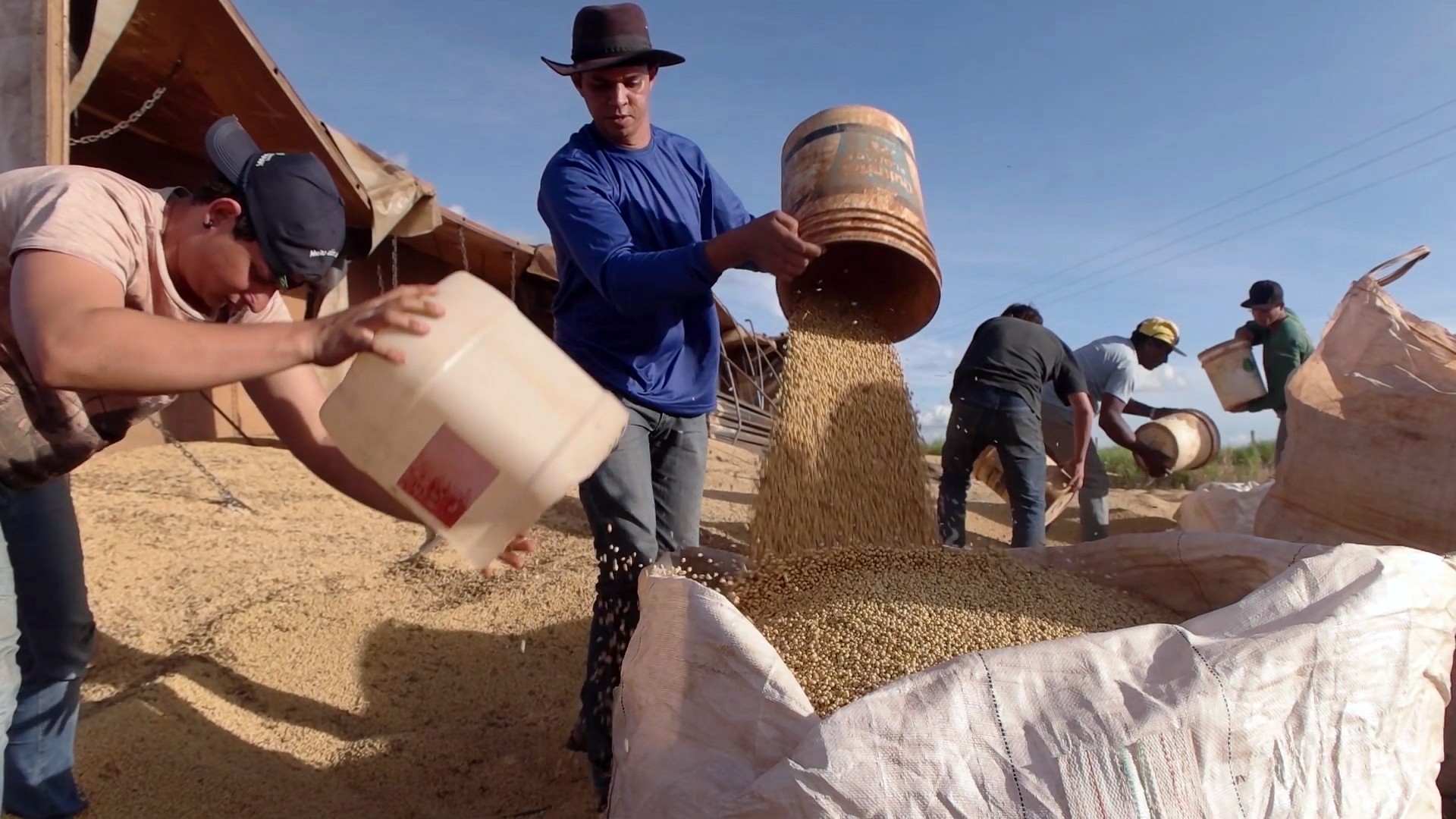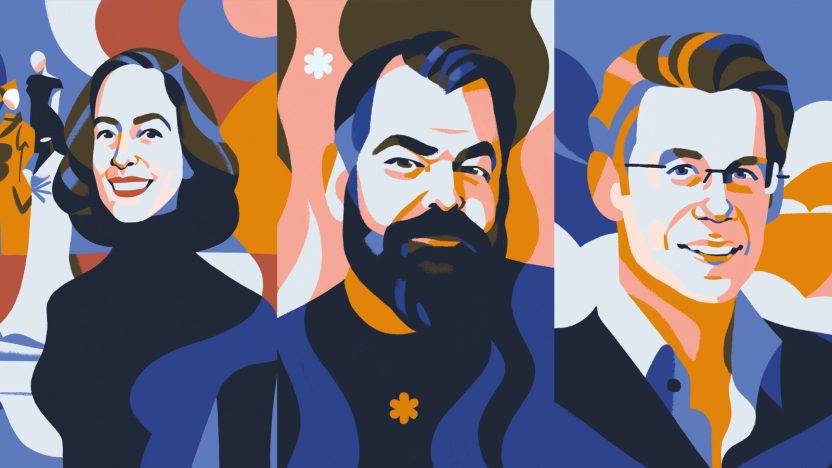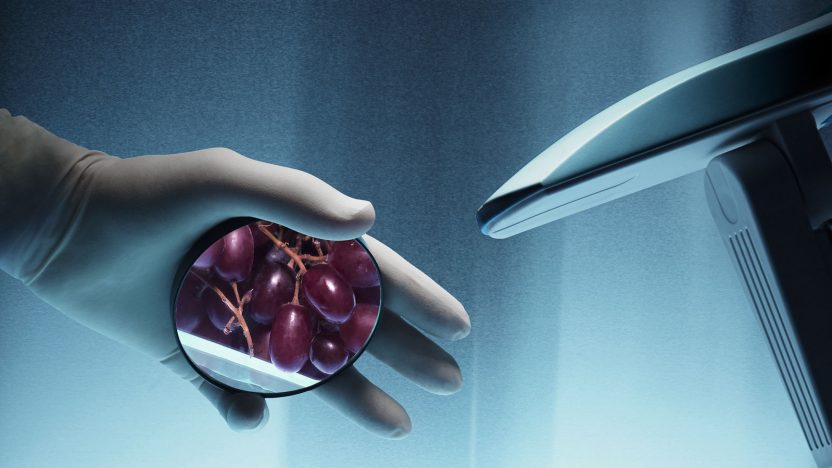Lords of food
Turning food into a commodity could be the worst idea humankind has ever had.
by MAIZE

<span style="background-color: transparent;"> When food started to be listed on the stock exchange markets, it ceased to be a natural good nourishing the many and became a financial product enriching the few. We discussed the matter with Stefano Liberti, one of the first journalists to delve into this topic, to understand why turning food into a commodity could be the worst idea humankind has ever had.
What’s happening in the food industry?
A small group of companies is taking over the whole food production, distribution, and sales process, laying the foundations for a monopoly. Over the last few years, as a result of larger firms buying up and absorbing small and medium companies, we’ve witnessed an astonishing market concentration, which leads to an impressive reduction in biodiversity and a profoundly worrying standardization of the production models. The ultimate consequence is that food is being commoditized, meaning that it is being transformed into a good which is produced in a standardized way, with a standardized taste and sold at a price which quite often is traded in real stock exchanges.
The price of a commodity can be artificially manipulated, just like OPEC does with oil. Is the same true for food?
It’s a price manipulation, but it’s a taste manipulation, too. The price of an oil barrel is basically set at NYMEX and London’s ICE and applies to all oil barrels – no matter where it has been extracted. The same applies to the food industry: the ultimate consequence of this is that we will no longer have a tomato from Sicily, another from Tunisia or China with all their differences. We’ll just have a tomato that, having become an industrial good produced cutting costs to the minimum and increasing the yield of crops, is sort of neutral. Something that obtained by shifting production to wherever labor is cheaper, quality checks are less intrusive, and environmental laws are minimal.
When did this process begin?
It all began in the ‘90s, as a result of the proliferation of free trade treaties and commercial deregulation agreements on one side, and of the simultaneous withdrawal of public institutions which gave up any control over the food production and distribution systems, on the other. When tariffs were lowered or even eliminated, the processing industry found it convenient to seek raw materials wherever prices were lower, no matter how far away.
But food has always traveled long distances. What’s different this time?
Food traveling long distances is nothing new: ancient Romans got their grain supply from North Africa, and tomatoes, a staple ingredient of the Italian culinary tradition, actually comes from South America. But this time these long-range and unjustified shipments of foodstuffs take place with no public institution supervising, controlling and regulating them. As a result, everything lies in the hands of private companies whose only goal is that of making profits. That’s the big difference. As said, all this comes at a cost in terms of biodiversity and pollution: the tuna market is the most striking example of this.

Could you expand on it a bit?
Bluefin tuna is an extremely swift and highly migratory apex predator that can cross the Atlantic Ocean back and forth several times a year. Vast shoals of tuna cross the Gibraltar Strait for their reproductive migration, and enormous amounts of them reach the Mediterranean sea, attracted by its warmer waters, following patterns which haven’t changed at all over the centuries. After crossing the strait, they end up in the nets laid by fleets of fishing vessels, usually Italy and Spain. But tuna’s journey is not over yet. Its raw meat is particularly sought after in sushi and sashimi – so much so that around 95% of the tuna caught in the Mediterranean is sold to Japanese buyers. Once the tuna is caught, it is put in huge cages, and fed special feeds like soy until it reaches the right weight. Then, under the buyers’ supervision, the animals are killed one by one, frozen and sent to Japan, where they are sold at a very high price.
What happens is that “European” tuna is not consumed in Europe, it is barely known in our market. The tuna sold and ate here is mainly the Yellowfin kind, which comes from the Pacific Ocean. It’s a twofold, illogical transport of millions of tons of tuna fish, shipped from a continent to another at a very high environmental cost which, by the way, is not taken into consideration at all. All the polluting, all the damages inflicted to the marine ecosystem are just negative externalities no one cares about.
Who are the Lords of Food?
A tiny number of huge transnational companies control the food systems as far as commercialization and distribution are concerned, moving like a swarm from one place to another. I define them as locust-like firms, for they have the same predatory and mining-like approach as those insects. They treat natural resources the same way miners treat their mine: they work it until it is exhausted, and move on to the next one. Likewise, these companies exploit natural resources of a particular area until it’s depleted, then move on to the next one. Another essential feature that characterizes them is their size: they can use their economies of scale to shove small, independent producers out of the market easily.
How many players control the food system?
A dozen companies own the majority of brands. In the US, around 75% of the pork meat market is in the hands of just four companies. The biggest of them controls 25% of the market and has been recently bought by a Chinese firm, therefore becoming the world’s biggest pork meat producer. The same applies to the soybean industry, which is a four-horse race. This oligopoly has a spillover effect on other markets since this bean plays a fundamental role in intensive farming too. These are probably the most striking examples, but the same concentration is present in almost every sector of the food industry, each dominated by vertically-integrated companies created by a constant M&A process. These giant firms strictly control the entire chain, from production to distribution. More precisely, they control production indirectly – so to avoid any capital risk – outsourcing production to farmers and imposing strict protocols and binding, exclusive contracts. Large scale retail distribution also went through the same concentration process.
One of the most interesting, although unsetting, changes brought by technology is food engineering. Have you dealt with it?
Not really, but I’ve studied how big corporations like Monsanto have started producing laboratory-engineered synthetic seeds. A large portion of the world’s agricultural production comes from seeds which have not been generated by fruits but that are artificially created in laboratories where geneticists speed up an evolutionary process that would take centuries. The scientists’ goal is not that of creating the best plant in terms of flavor: they aim to create a plant tailored to the company’s needs and geared to large scale industrial production. Let’s take tomatoes as an example again: the ones geneticists have been engineering aren’t particularly tasty, but have hard skin, to make the mechanized harvesting more manageable, and a soft stalk, to ease the boxing and distribution processes.

What’s the situation in Europe and what’s the role of Common Agricultural Policy (CAP) in spreading such a model?
In Europe, we are witnessing the same trend, just on a smaller scale. Europe has become marginal, geopolitically speaking. Therefore the players acting there are not as big as those in Asia or in the US. The commoditization process of the food industry in Europe happened with the contribution of the CAP’s grants mechanism, which de facto hinders small producers and benefits the bigger ones. CAP also played a fundamental role in sustaining agriculture, a sector which, with no incentives, would have been washed away by global competition.
The EU did it all at the expense of developing countries, didn’t it?
Exactly. I’ll tell you once again about the tomato supply chain, because I’ve been studying it in detail, but the same process applies to many other products. Italians consume vast quantities of tomatoes ignoring the fact that most of them come from China; more precisely from the Xinjiang region, where this agricultural production is strongly subsidized. The Chinese consume just a minimal share of what is harvested in their country: they ship most of it as tomato concentrate to the ports of Naples and Salerno. For Italian entrepreneurs it is more convenient to import tomatoes from China rather than buy them from local producers: they take the paste, add water and salt, package it and export it as an Italian product to several markets, further damaging and suffocating local production.
In Africa, farmers are not growing tomatoes anymore because those coming from China are cheaper than the ones growing a few kilometers from the local plant. All this can happen because China actively subsidizes production, while the EU subsidizes its export. The dairy industry works the same way, as European milk’s overproduction literally floods other markets. Besides the pollution produced by hundreds of ships crossing the oceans to bring food which could have been grown locally, one has to consider another scaring effect, which quite often goes unnoticed. Farmers leave their fields and move to big cities, whose suburbs are growing bigger and bigger.
A phenomenon that can further destabilize underdeveloped countries.
Yes, it can cause food insecurity, as fewer and fewer people farm the land to feed an “unproductive” and growing population. Food has to be imported, and this costs money which would have been more useful if invested in other sectors. Another overlooked effect is that this unemployed workforce competing for a small number of jobs drives salaries down, thus stifling the rise of a domestic market which is essential to economic development. There are many ways these countries can end up in the so-called poverty trap: food is at the core of many of them.
What’s the role of the financial industry in this process, if any?
After the financial crisis of 2008, when the usual investment channels like the stock and the real estate markets became too risky, there was a massive relocation of financial capitals, of billions of dollars, towards anything related to the food system. It was considered the most secure investment: people need food and, given the rise of the world population, it will be an increasingly valuable asset. That logic led big funds to buy land and to enter into the share capitals of the leading food sector players. This process deeply impacted those companies, as they have gradually lost their peculiarities, becoming firms driven merely by the logic of making profits, with boards dominated by people with a financial background but without basic knowledge of the food system. That’s how food became a commodity, produced no one knows where and how.



 in Italy
in Italy